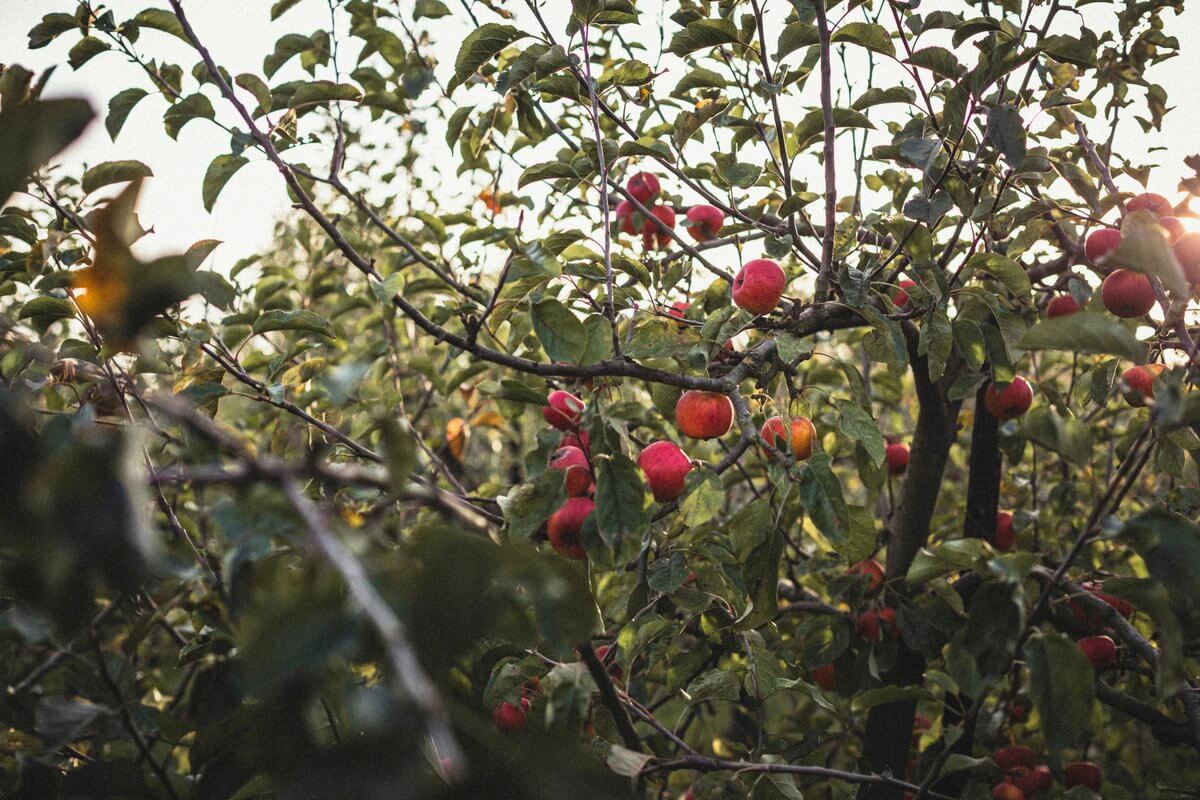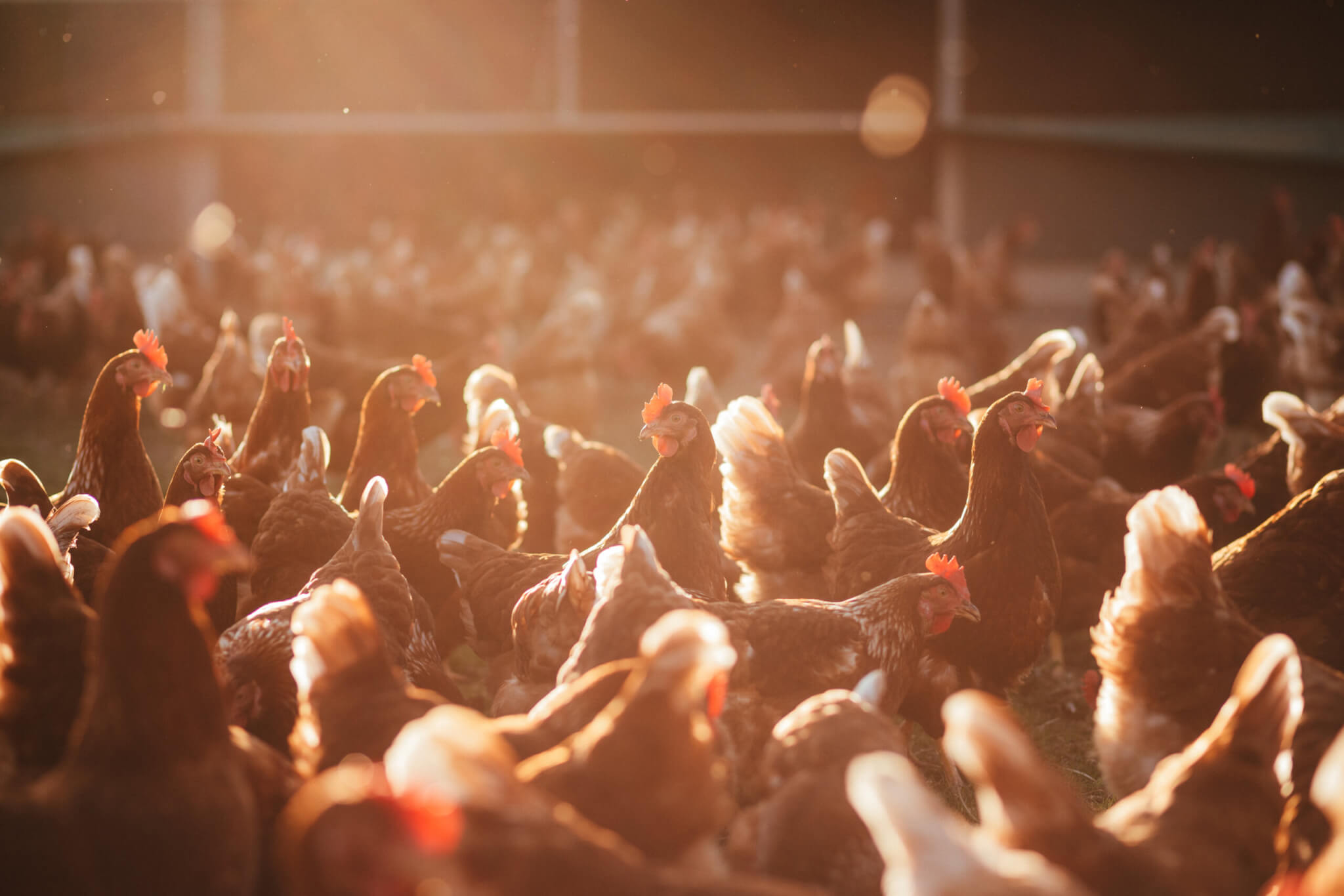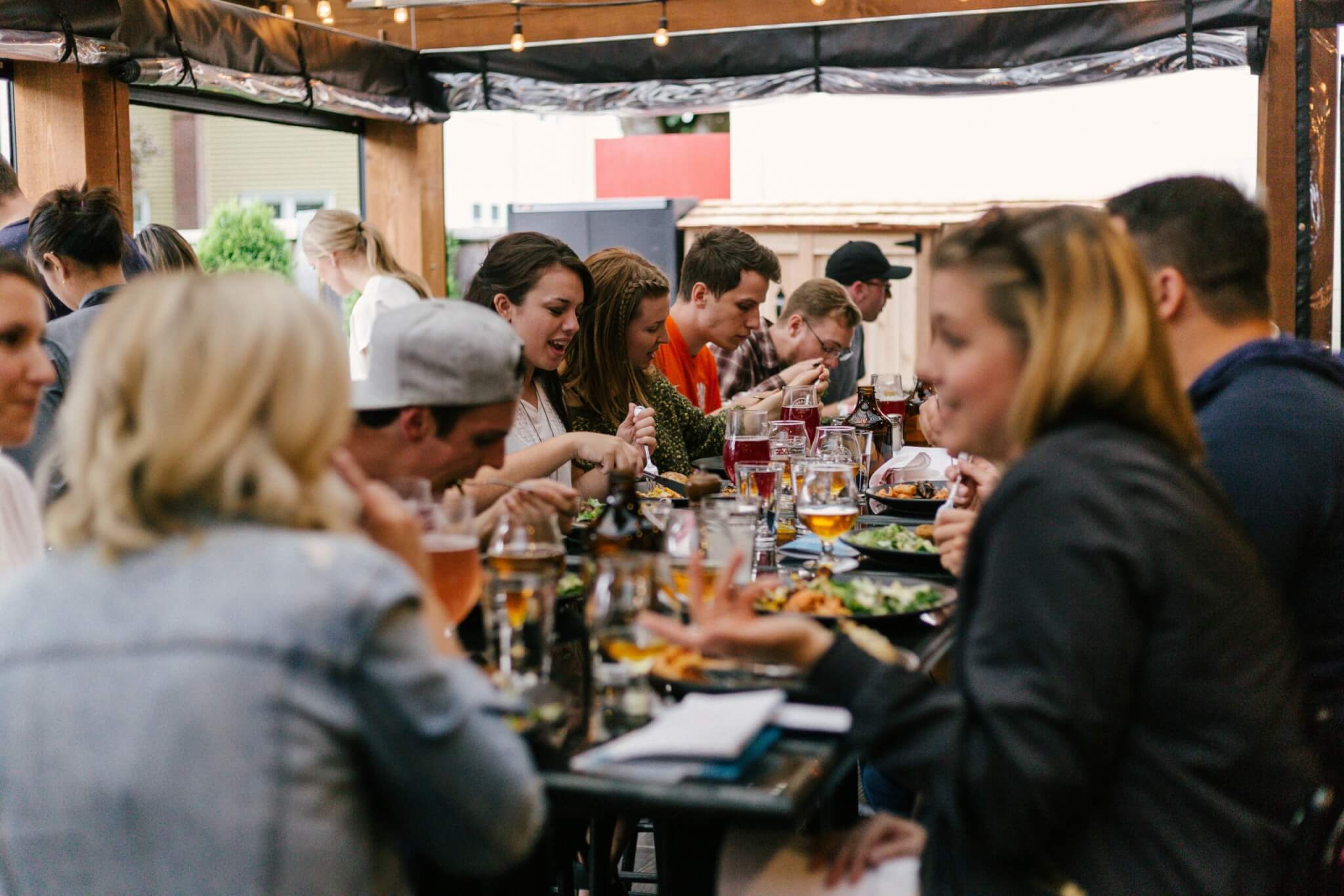In the absence of apex predators, deer numbers are managed through culling, but much of the meat ends up at two very different ends of the spectrum: pet food or fine dining restaurants. Yet venison is an abundant, delicious meat that is there for everyone.
The source just needs a little scrutiny, and the cooking a little consideration, but it deserves a place on the considered carnivore’s table.
So how exactly does venison end up in our food chain? There are three main routes: wild, farmed or parkland deer. Farmed deer are produced in the least natural, most intensive system. At worst they are reared on a specific piece of land not big enough to sustain their presence naturally, so it is overgrazed, and feed must be trucked in. This is usually manufactured pellets which rely on soya for the protein element, with often opaque supply chains for this and all other nutrients. Higher than natural levels of ticks and fleas are common problems, as is antibiotic use to prevent diseases amid the high animal densities.
In contrast parkland venison is reared in a model that mimics the wild herd behaviours. The animals roam expansive estates with mixed habitats of woodland and open areas, eat a natural diet and can play out all their natural behaviours such as fawn nesting and stag succession. The herds are closely observed and the social dynamics understood so culling is highly selective. It avoids the alpha and beta stags or other keystone individuals whose disappearance would disrupt the herd stability and instead focuses on those of a certain bodyweight and age which produces the best meat in a considered manner.
The best wild deer culling is managed in the same way, with the added benefit of producing food from unfarmable land that we need to protect for biodiversity, such as woods and valleys. The herds may be free to roam without borders of any kind, but just one or two stalkers will track, observe and understand the herd dynamics in the same way. These people are incredibly skilled and are a vital part of the farming community as they shadow the migration of herds across land ownership boundaries for the good of all.
As the stalkers have to work at a distance it takes great expertise to assess the health, social status and age of each animal. They have an innate understanding of the deer and their behaviours, and it shows in the meat produced.
This is where one of the biggest arguments against venison falls down – the lack of consistency. Anonymised global food systems love consistency – it means predictable supply, fat ratios, size, weight and packaging required. Poorly culled venison may be highly variable, making it a little trickier in the kitchen, but well-managed animals produce meat that comes with no surprises, and a beautiful flavour. And so to dispel the final myth of venison, that it has a strong, unpalatable taste.
By avoiding animals in the rut, the hormones that produce this flavour are also dodged. By hanging the carcass for the right length of time for the species (shorter for red deer, longer for sika and fallow), the right balance of flavour can be landed.
Venison is also an incredibly lean meat; less than 50 per cent the fat content of beef. Grass-fed venison has high levels of omega-6 too, known to have gold-standard health benefits for our heart and more.
In short, there couldn’t be a better time to start eating well-managed venison again, from herds that move through the countryside creating habitats for all of nature by trampling, pollinating, browsing and then moving on. As we better understand the impact of agriculture, choosing to eat this delicious, largely forgotten meat from an overpopulated species with a low carbon footprint is a relatively simple calculation.
And you can start gently, perhaps mixing venison mince with beef in your spag bol or burgers. Try out a steak or casserole with mushrooms to see how what grows together goes together, or go all-out for haunch (that’s the equivalent of topside in beef) for a special occasion. Venison connects our kitchens to the countryside in a way that globalised, industrial, standardised farming systems never will. Let’s reclaim the glory of this homespun, delicious wild meat, and all the good things it brings.
Choosing to eat this delicious, largely forgotten meat from an overpopulated species with a low carbon footprint is a relatively simple calculation.
A note on venison seasonality from co-author Abby Allen:
Venison is in season from 1 august to 30 April. However at Pipers Farm, we feel the venison is at its best from the end of Sept to the end of Feb. Allowing for hanging time (12 days), we usually launch venison in the last week of September or first week of October, depending on when we start to shoot. It’s also naturally suited to winter eating – it’s quite rich and very nutritionally dense and so much more suited to when your body needs extra nutrients through the colder months.
Pipers Farm: The Sustainable Meat Cookbook (£30, Octopus Books) is out now.









0 Comments